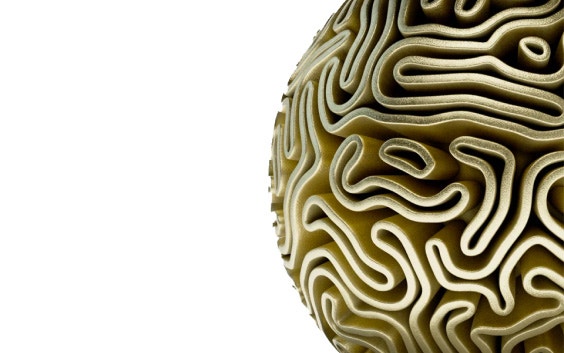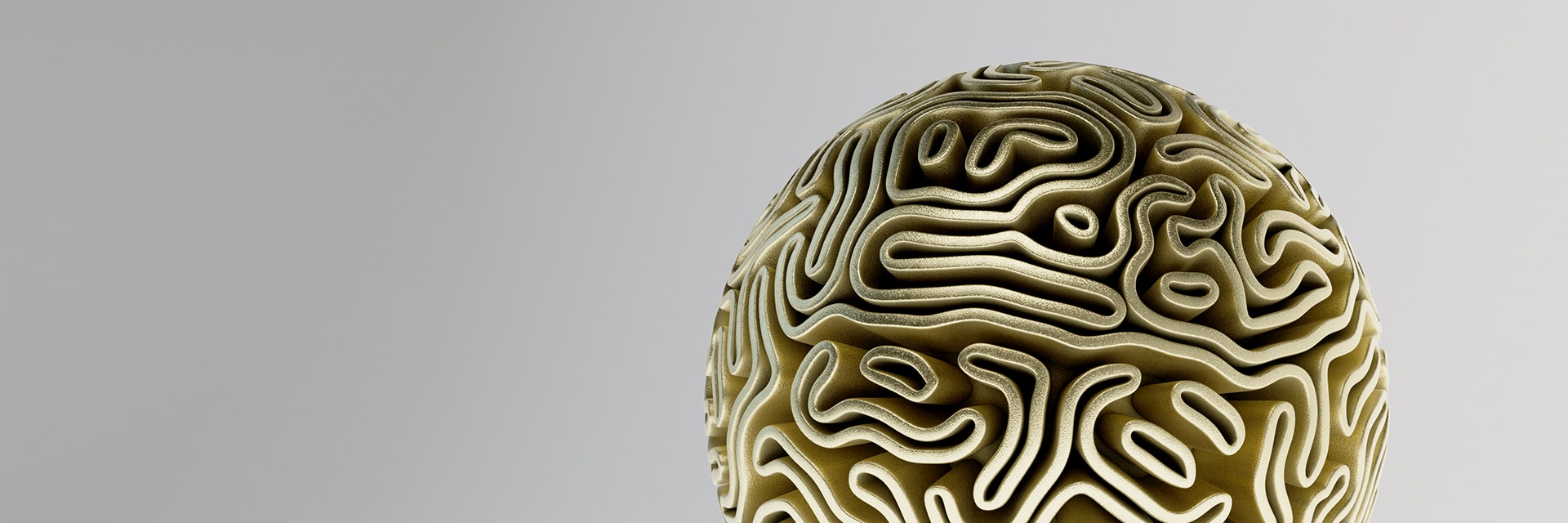
INTERVIEW
Mimics Innovation Awards 2024 Winner: Dr. Chien Nguyen
Prediction of the Proximal Humerus Morphology Based on a Statistical Shape Model with Two Parameters: Comparison to Contralateral Registration Method
What was the dream?
As enthusiasts of 3D technology and personalized medicine, we are constantly exploring new advancements to enhance treatment efficacy. One of my primary focuses is ensuring patients remain as mobile and pain-free as possible by prioritizing the health of their musculoskeletal system. By investing in this mission, we aim to achieve optimal anatomical reconstructions, particularly in joint areas.
To this end, the 3D Lab at the University Medical Center Utrecht collaborated with trauma surgeon Prof. Stefaan Nijs to develop innovative techniques for treating complex shoulder fractures, specifically those affecting the proximal humerus. Our vision is to provide patients with intricate shoulder fractures the best possible care through cutting-edge 3D technology.
What was the challenge?
Our initial challenge in providing personalized, 3D technology-based care for complex proximal humerus fractures was predicting native shoulder morphology. Our goal was to address the limitation of relying on the contralateral shoulder for anatomical reduction, especially given the potential differences between dominant and non-dominant arms.
This first study in our series of personalized 3D solutions for treating complex shoulder fractures focused on predicting proximal humerus morphology using simple, measurable parameters. With this research, we aimed to develop a method that is not only accurate but also easily implementable in other hospitals.
What were the results?
A successful anatomical prediction of the proximal humerus was defined as achieving a surface distance error of less than 2 millimeters. To validate our predictive model, which utilized statistical shape modeling techniques via a plugin in Materialise 3-matic, we tested it on eight unseen patients, encompassing a total of 16 shoulders. On average, 97.1% of the predicted humerus morphology fell within the defined error margin of 2 millimeters.
Why this research won
This study exemplifies the spirit of innovation and interdisciplinary collaboration by addressing a critical challenge in treating complex proximal humerus fractures and other complex fractures. It also presents a high-quality method and application of statistical shape models using Materialise Mimics. By offering a clinically achievable approach to creating a patient-specific reference from the population model this research can pave the way for more efficient and personalized fracture treatment. We believe this paper will inspire researchers working on similar applications to apply a similar methodology in other anatomical regions and usher in the next step in efficient personalization of fracture treatment.
L-104668-01
Share on:

Biography
Dr. Chien Nguyen
You might also like
Never miss a story like this. Get curated content delivered straight to your inbox.
